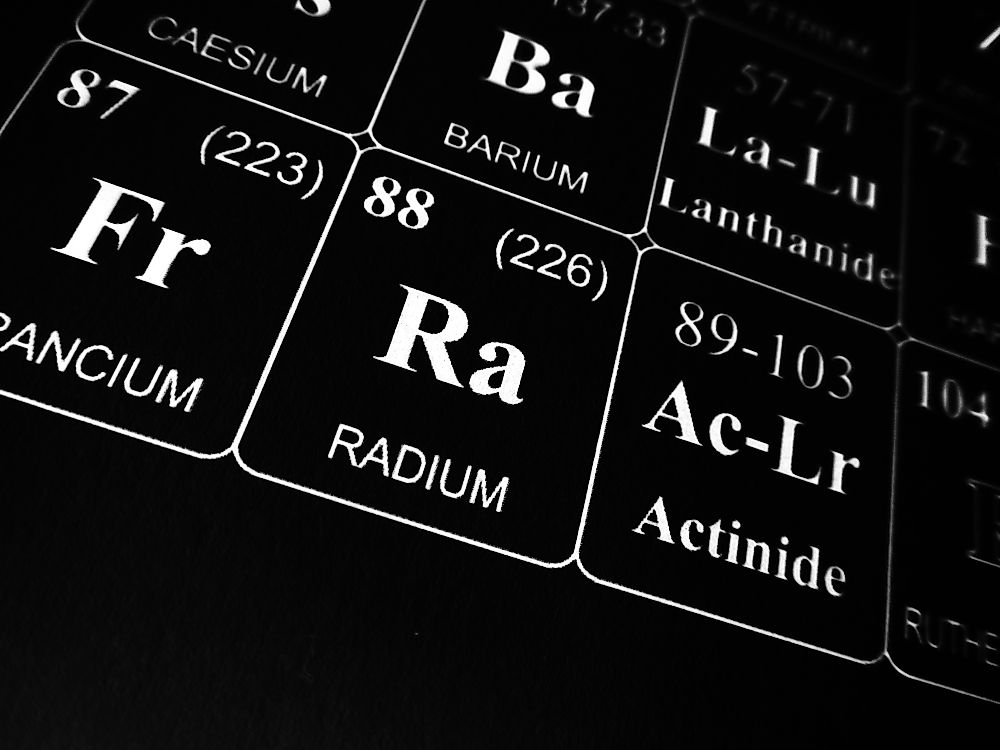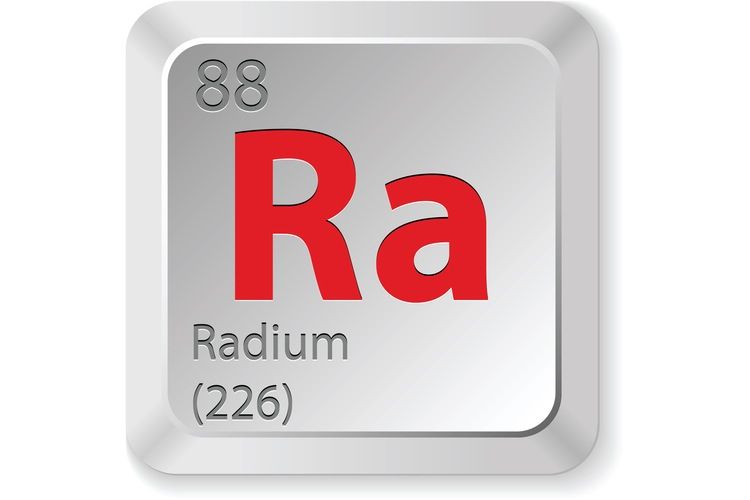
The higher the value, the larger risk there is to supply.Ī percentile rank for the political stability of the top producing country, derived from World Bank governance indicators. The percentage of the world reserves located in the country with the largest reserves. The higher the value, the larger risk there is to supply. The percentage of an element produced in the top producing country. Low = substitution is possible with little or no economic and/or performance impact Medium = substitution is possible but there may be an economic and/or performance impact High = substitution not possible or very difficult. The availability of suitable substitutes for a given commodity. A higher recycling rate may reduce risk to supply. The percentage of a commodity which is recycled. The number of atoms of the element per 1 million atoms of the Earth’s crust. This is calculated by combining the scores for crustal abundance, reserve distribution, production concentration, substitutability, recycling rate and political stability scores.

The Chemical Abstracts Service registry number is a unique identifier of a particular chemical, designed to prevent confusion arising from different languages and naming systems.ĭata for this section been provided by the British Geological Survey.Īn integrated supply risk index from 1 (very low risk) to 10 (very high risk).


Where more than one isotope exists, the value given is the abundance weighted average.Ītoms of the same element with different numbers of neutrons. This is approximately the sum of the number of protons and neutrons in the nucleus. The mass of an atom relative to that of carbon-12. The transition of a substance directly from the solid to the gas phase without passing through a liquid phase.ĭensity is the mass of a substance that would fill 1 cm 3 at room temperature. The temperature at which the liquid–gas phase change occurs. The temperature at which the solid–liquid phase change occurs. The arrangements of electrons above the last (closed shell) noble gas. These blocks are named for the characteristic spectra they produce: sharp (s), principal (p), diffuse (d), and fundamental (f). The atomic number of each element increases by one, reading from left to right.Įlements are organised into blocks by the orbital type in which the outer electrons are found. Members of a group typically have similar properties and electron configurations in their outer shell.Ī horizontal row in the periodic table. It is said that even her discovery of the element Polonium was named after her homeland.A vertical column in the periodic table. She never kept Poland far from her heart, and even hired tutors to teach her daughter Polish growing up.
#Radium facts full
Marie actually went by her full name: Marie Sklodowska Curie. The two were a match made in heaven Marie with the mind to change the course of history, and Pierre with the means to help her do so. He was a professor in the physics department at the Sorbonne University where she was studying. Marie Curie and Her Husband Were a Force to be Reckoned WithĪt age 28, Marie Sklodowska got married to a man named Pierre Curie.

It was here that her scientific mind was really allowed to thrive. By the age of 24, she had saved enough money to get herself to Paris, where she enrolled in Sorbonne University on the Left Bank. Sklodowska took an interest in science from an early age, and was a noticeably smart child. She was born Marie Sklodowska in Warsaw, Poland in 1867 to two schoolteachers who raised her with little money in poverty stricken neighborhood. Marie Curie Moved to Paris in 1891Ĭontrary to popular belief, Marie Curie wasn’t French. Marie Curie – by Henri Manuel – Wikimedia Commons 1.


 0 kommentar(er)
0 kommentar(er)
